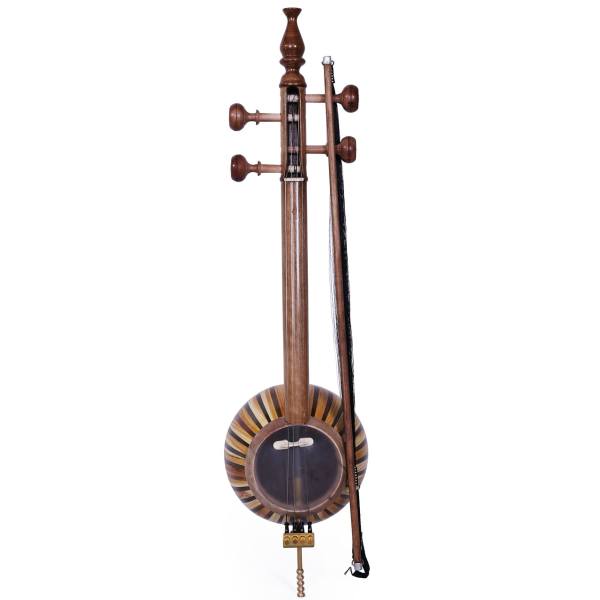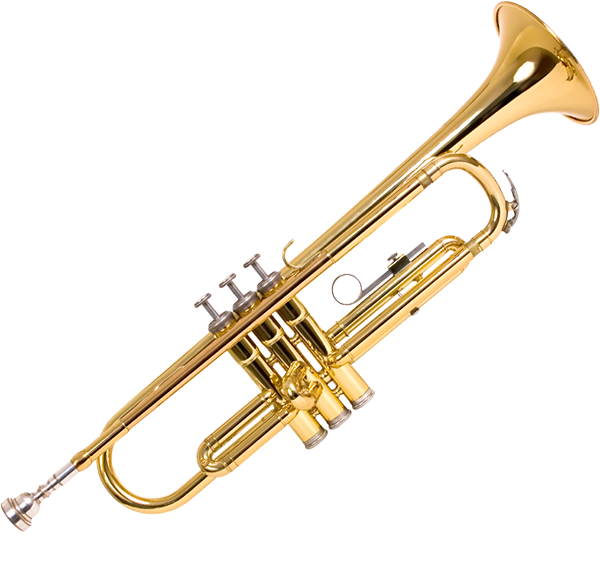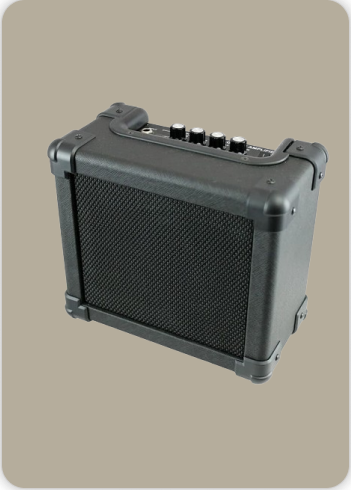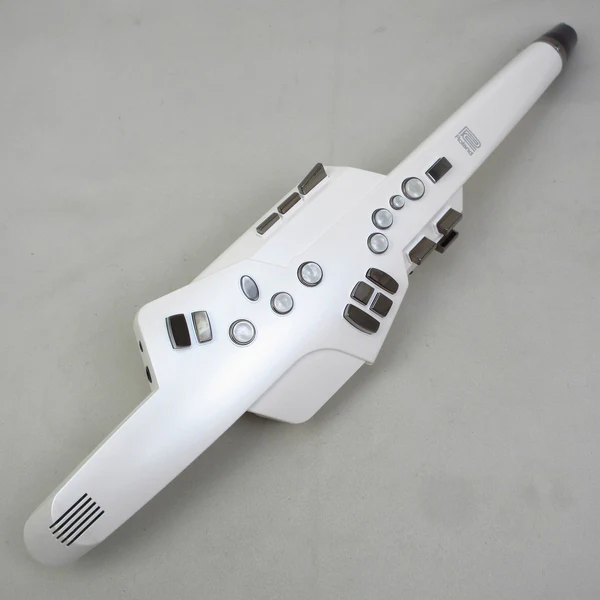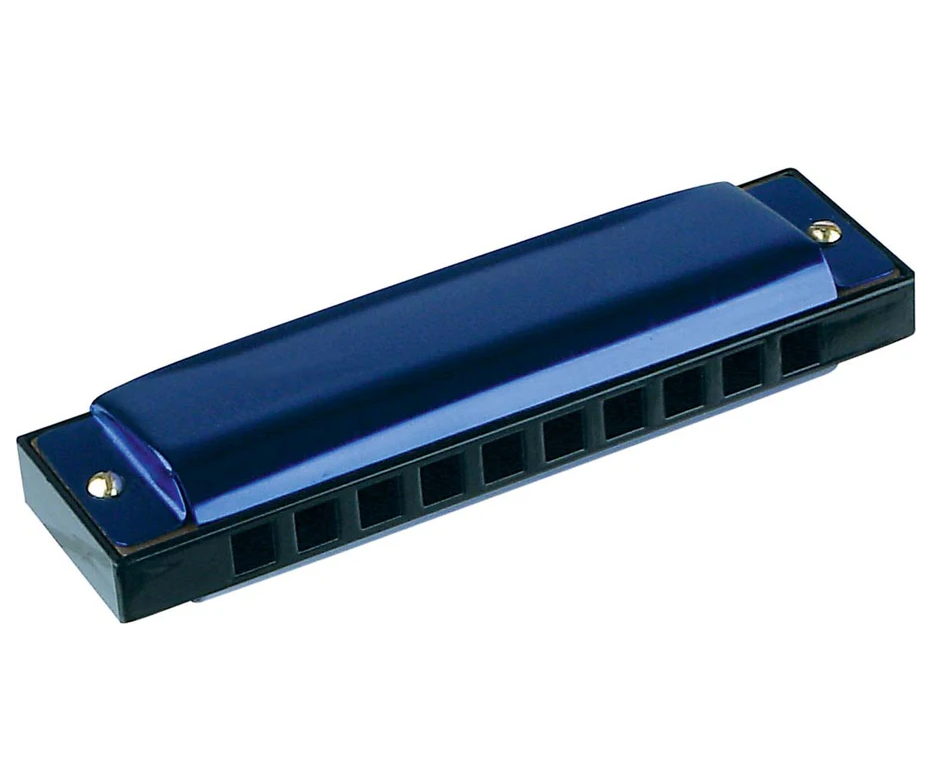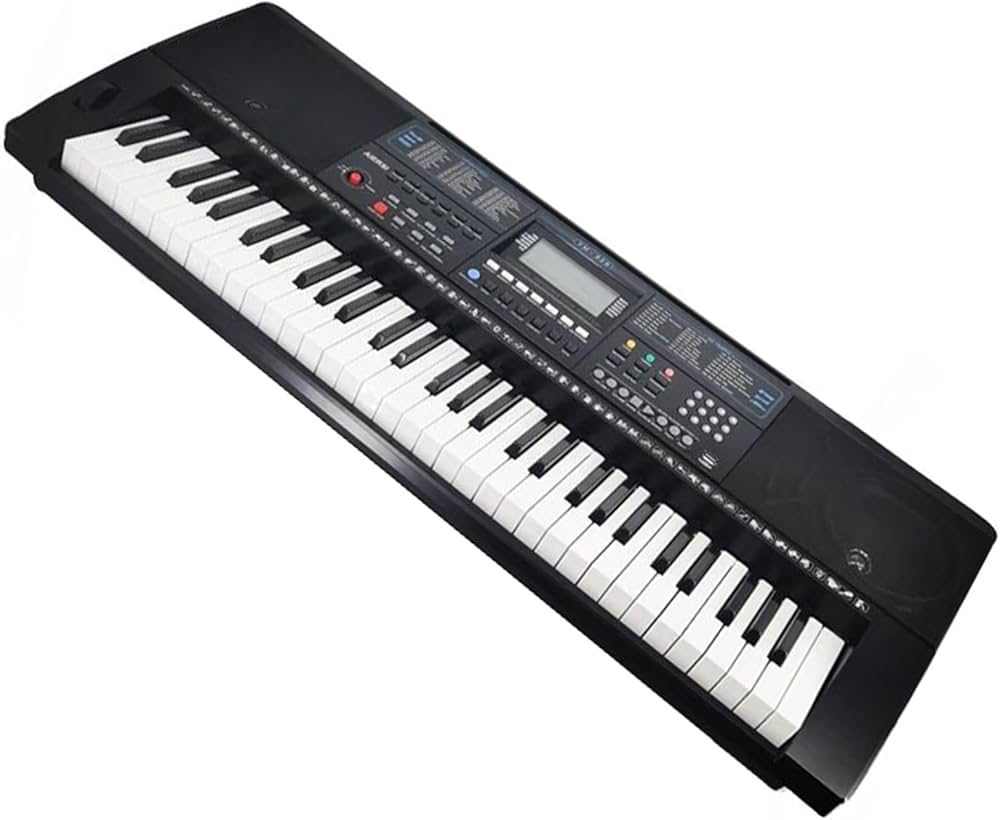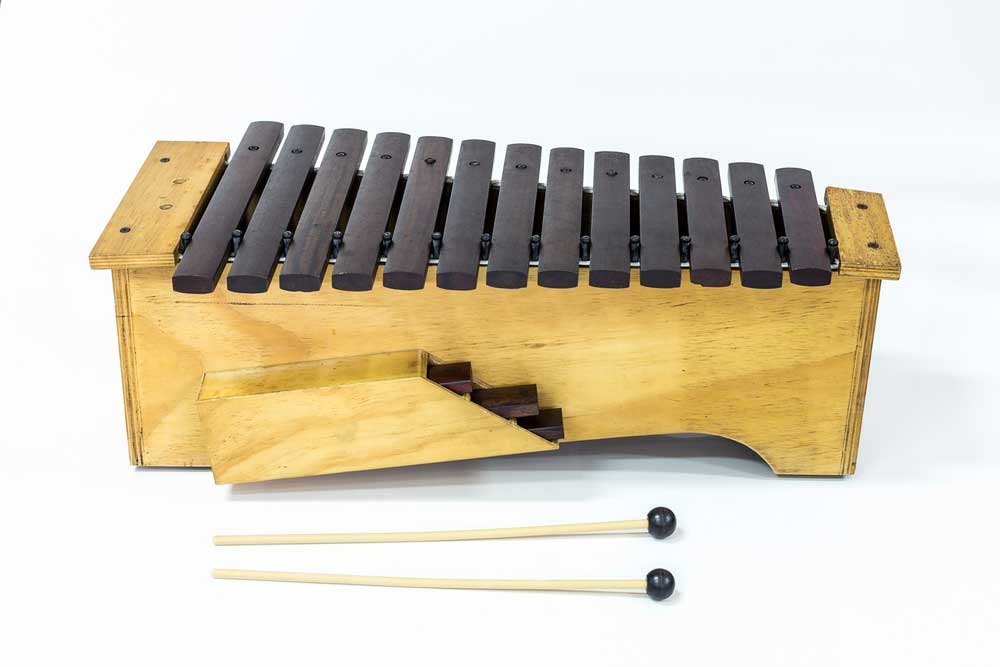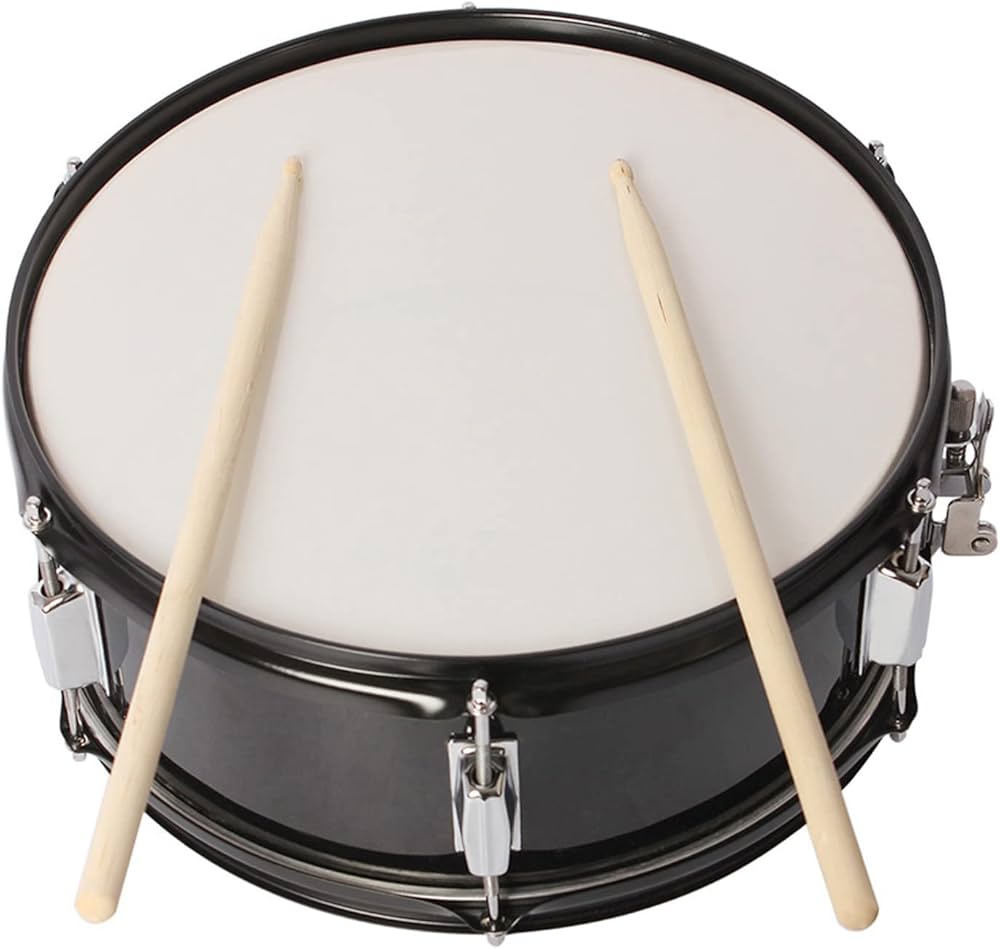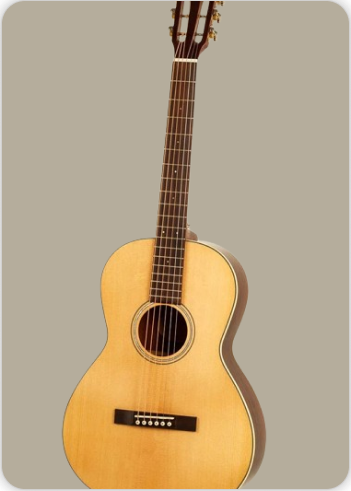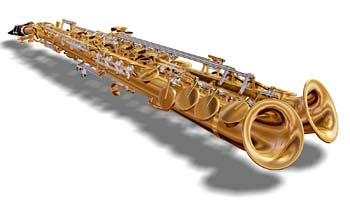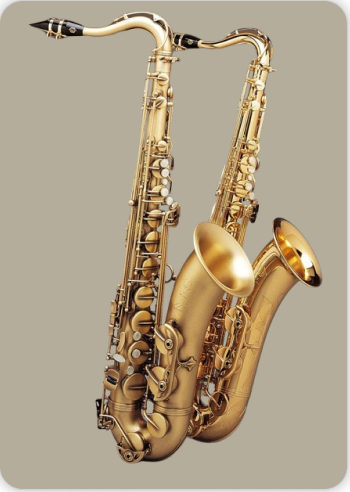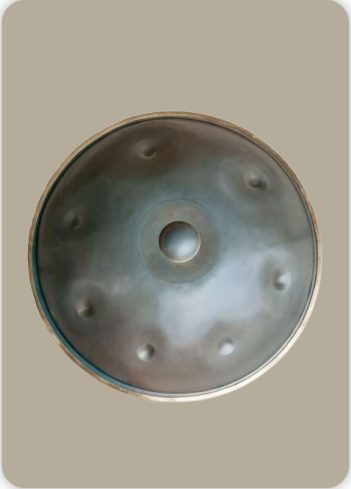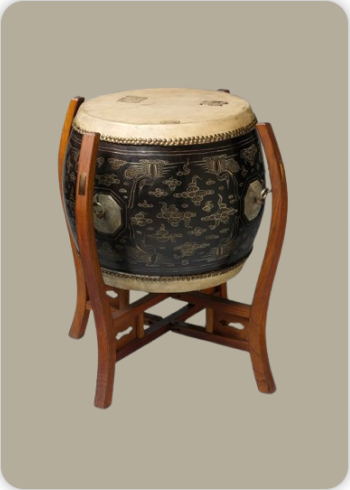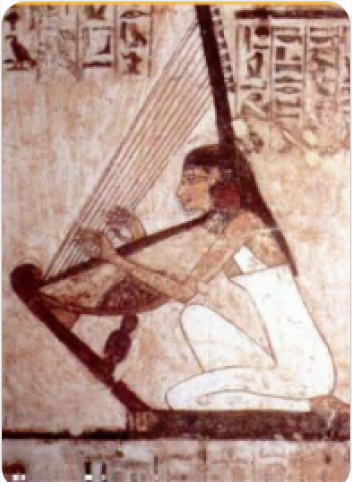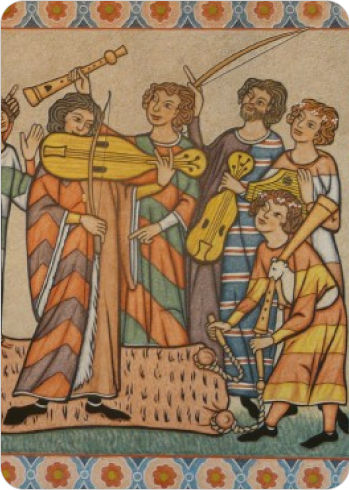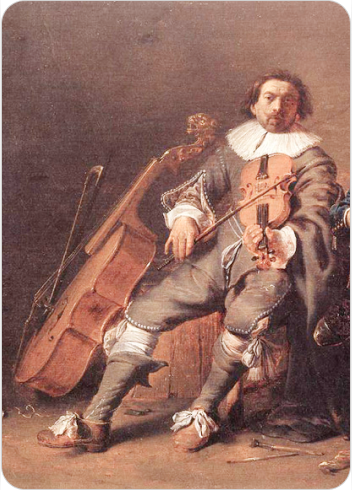Aulochrome
Woodwinds
Europe
Between 1901 and present
Video
The Aulochrome is a woodwind instrument that was invented by Belgian musician François Louis in 2001.
The name “Aulochrome” is derived from the Greek word “aulos,” referring to an ancient double-reed instrument, and “chrome,” which signifies color or chromaticity. This reflects both its historical roots and its modern innovations. The Aulochrome is classified as a double-reed woodwind instrument. It consists of two soprano saxophones that can be played simultaneously, allowing for a rich harmonic texture.
Instrument Type
Classification: The Aulochrome is classified as a double-reed woodwind instrument. It consists of two soprano saxophones that can be played simultaneously, allowing for a rich harmonic texture.
Design and Features
Construction: The Aulochrome features two soprano saxophone bodies joined together, enabling the player to produce complex sounds through a single mouthpiece. This design allows for both melodic and harmonic playing.
Playing Technique: Players can use circular breathing techniques to maintain a continuous sound while playing, similar to other wind instruments that require sustained airflow.
The Aulochrome is a modern woodwind instrument invented by Belgian musician François Louis in the late 1990s. Its historical origins can be traced through the following key developments:
Background of François Louis
François Louis was born in Brussels, Belgium, in 1954. He initially gained experience in fluid mechanics and worked on various woodwind instruments, particularly saxophones, before creating the Aulochrome.
The concept for the Aulochrome began taking shape in 1997 when Louis started working on a new instrument that would combine features of traditional woodwinds with innovative design elements. By July 1999, he had developed the first prototype, which was presented at a concert in Paris in October 2002.
Instrument Characteristics
- Design: The Aulochrome consists of two soprano saxophone bodies that can be played simultaneously or separately. This design allows for a rich harmonic texture and versatility in performance.
- Mechanism: It features a revolutionary mechanism that enables players to produce a wide range of pitches and tones, making it distinct from other woodwind instruments.
- The name “Aulochrome” is derived from the Greek word “aulos,” referring to an ancient double-reed instrument, and “chrome,” which signifies color or chromaticity. This reflects both its historical roots and its modern innovations.
Cultural Context
Although the Aulochrome is a contemporary invention, it draws inspiration from ancient musical traditions and aims to expand the possibilities of woodwind performance. Its introduction into the music world has contributed to discussions about innovation in instrument design and performance techniques.
The Aulochrome’s historical origins are rooted in the innovative work of François Louis, who sought to create a unique woodwind instrument that combines traditional elements with modern functionality. Its design and capabilities reflect both ancient musical influences and contemporary advancements in instrument making.
FAQ
What are the characteristics of the Aulochrome?
The Aulochrome is a double-reed woodwind instrument, similar to the oboe, but with a unique design that incorporates two tubes in parallel. It is known for its distinctive sound, which is a combination of the sounds of the oboe and bassoon. The Aulochrome has a rich tone and is capable of producing both high and low notes, giving it a wide range of musical expression.
What is the origin of the Aulochrome?
The Aulochrome was developed in the 20th century by the French instrument maker Georges Van Gorp. It was designed as a modern and experimental variation of the traditional oboe, with an attempt to enhance its tonal qualities and extend its range. It remains a relatively obscure instrument, mainly used by avant-garde musicians and composers.
What types of Aulochrome exist?
There are different versions of the Aulochrome, typically distinguished by the number of tubes and their specific tuning. Most Aulochromes have two parallel tubes, but some versions may have variations in tube size, material, or key arrangements to achieve different tonal effects. The Aulochrome is mainly used in experimental music and orchestras that explore non-traditional sound textures.
 Links
Links
References
Other Instrument
Categories
